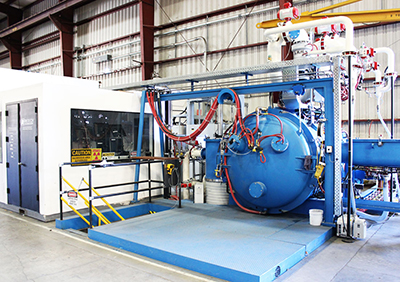Electron Beam Melting

Under the high vacuum condition, the cathode is heated by the role of high voltage electric field and emits electrons, the electrons collect to a beam, and the electron beam is moving at a high speed to the anode with the action of accelerating voltage, after through the anode, the bottom ingot and the material in the mould can be precisely bombarded under the action of the focusing coil and the deflection coil. Then the bottom ingot is melted to form a molten pool, the materials are also constantly being melted onto the molten pool, so as to realize the smelting process.
Electron beam melting process is characterized by smelting under high vacuum environment (smelting vacuum degree is in commonly 10 to 10Pa). The temperature and its distribution of molten pool can be controlled, and the holding time of molten pool can be adjusted in a large range. The melting is carried out in a water-cooled copper crucible (mould), which can effectively avoid the contamination of metal liquid by refractory materials. Electron beam melting provides an indispensable refining method for some metal materials, especially for refractory metals.
There are three basic metallurgical reactions in the process of electron beam melting: (1) Removal of gas. Electron beam melting can remove hydrogen in metals, usually before the charge is melted clean which has been completed. Due to the high degree of vacuum, the molten pool temperature and the time to be controlled, the effect of nitrogen removal is also very good. (2) The volatilization of metal impurities. Under the electron beam melting temperature, all metal impurities which higher than the base metal vapor pressure will be removed. (3) Removal of non metallic inclusions. Oxide and nitride can be removed under the electron beam melting temperature and vacuum degree.
